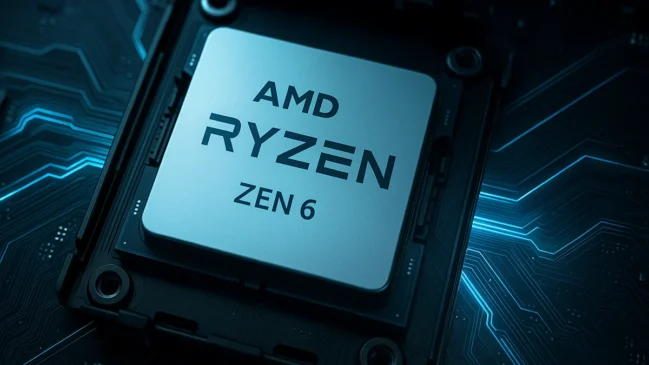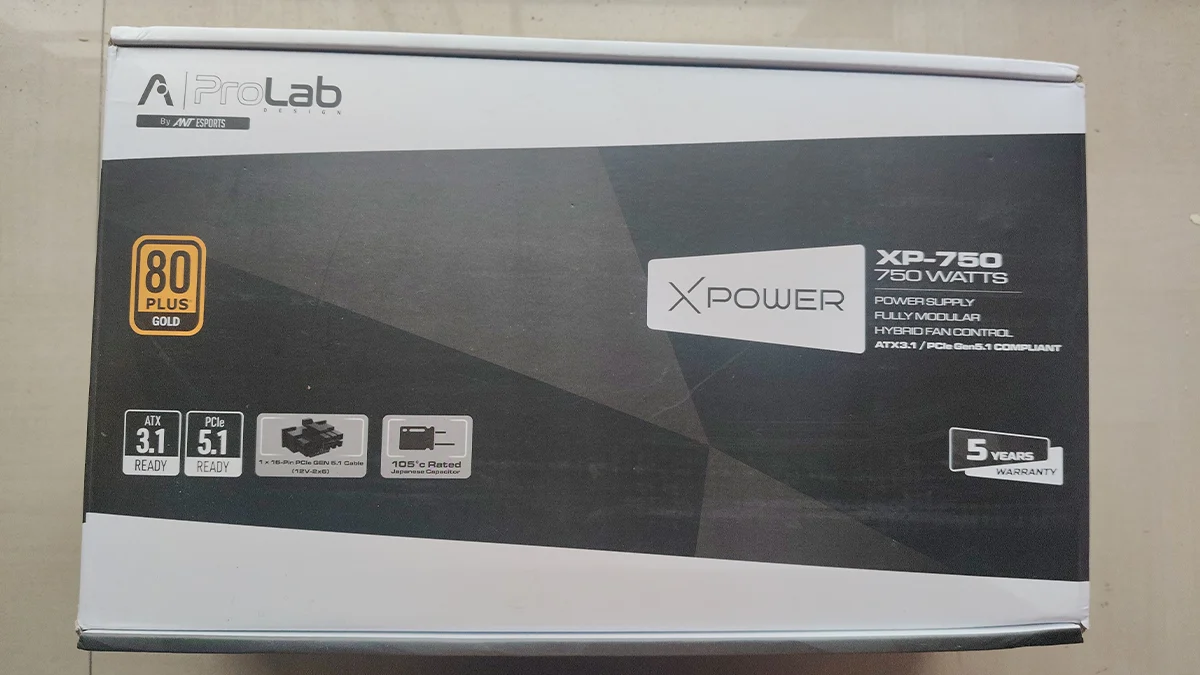
First Impressions & Build Quality
Out of the box, the Prolab Design XPower XP-750 PSU comes with a clean, utilitarian design. The matte finish, understated branding, and compact form factor make it an easy fit for minimalist builds. It feels well-built, with no rattles or flex in the casing.
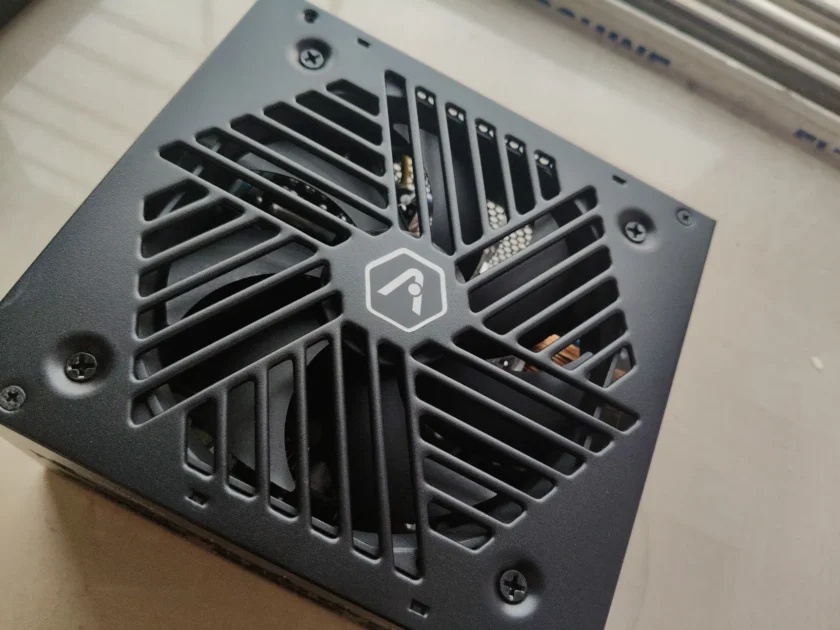
It features a fully modular setup, which simplifies installation and cable management. The cables are flat, clearly labeled, and durable—though the 24-pin and CPU connectors are a bit stiff, which could pose challenges in tighter cases.
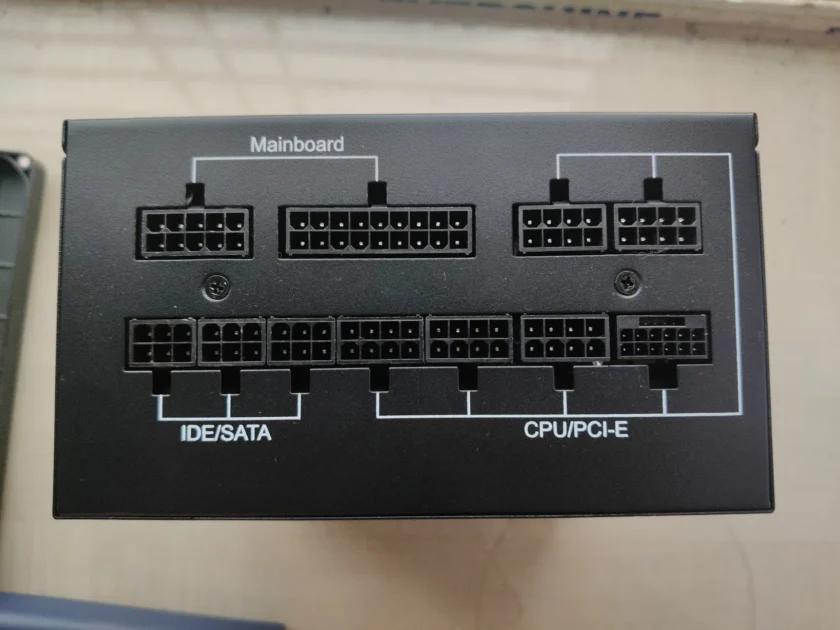

Performance & Efficiency
Tested in a system with a Ryzen 5 5600 and an RTX 3050, the XPower XP-750 PSU handled full-load scenarios without flinching. Across gaming loads, creative workloads, and synthetic stress testing, the PSU maintained rock-solid voltage regulation and clean power delivery.
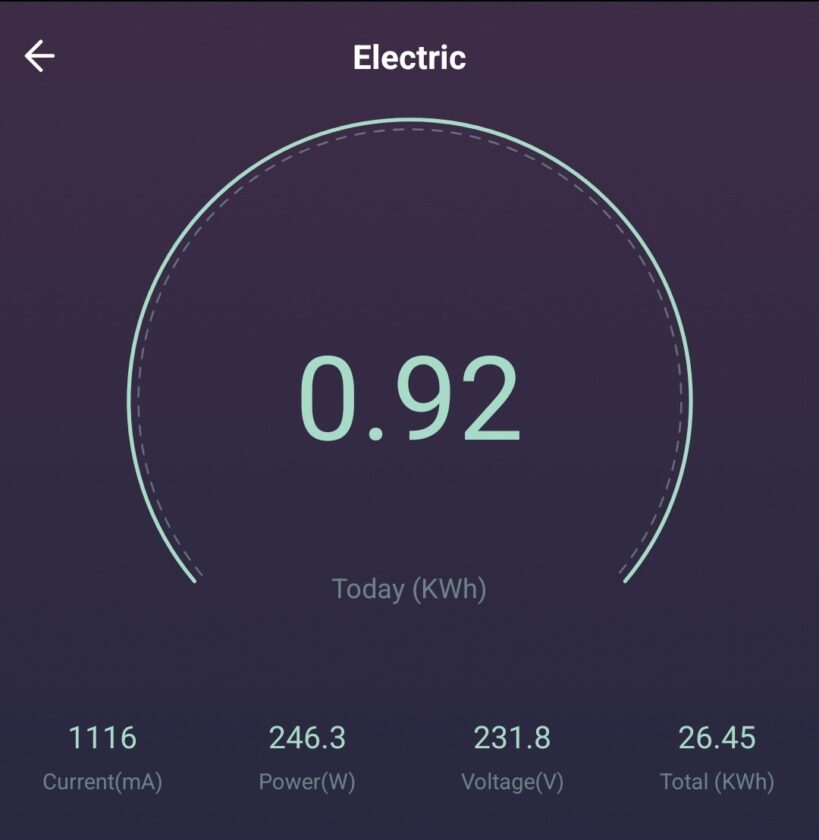
Its 80 Plus Gold efficiency rating holds up in real-world use, with measured efficiencies between 88% and 90%, depending on the load. Ripple and transient responses were well-controlled, and we encountered zero coil whine or instability.
Acoustic Profile & Thermal Behavior
One of the most impressive features is the fan behavior. At lower power demands, the fan doesn’t activate, allowing the system to run silently. Under higher loads, it spins up gradually and remains impressively quiet.
Even under sustained rendering tasks, fan noise never became distracting. Thermally, the unit remained cool thanks to smart component layout and well-sized heatsinks.
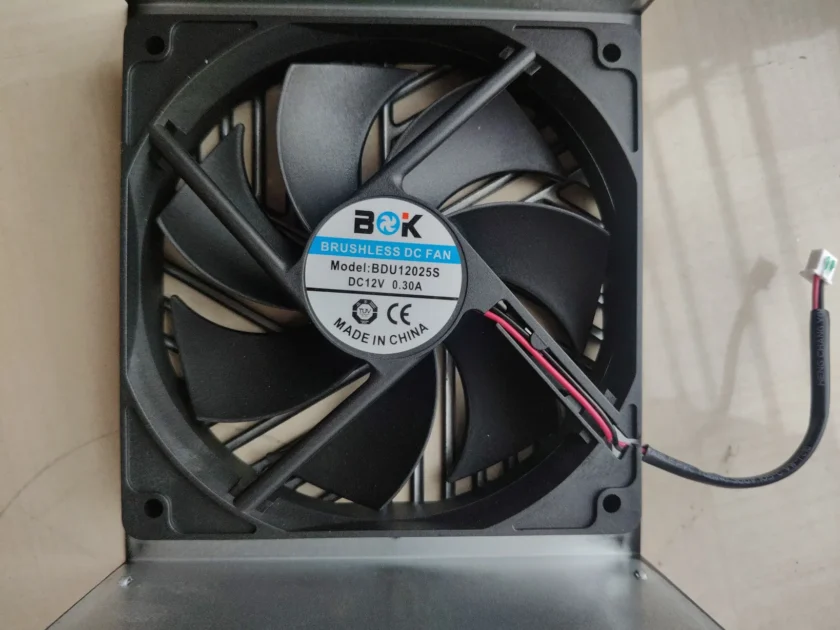
Internal Circuit Analysis – Prolab Design XPower XP-750 PSU
Removing the top panel reveals a thoughtfully executed SMPS design. Prolab Design opted for a double-forward switching architecture combined with active power factor correction (PFC)—a proven combination for energy efficiency and signal integrity.
Closeup pictures are given below for the interested crowd, oogle away!
Input Stage & EMI Filtering
AC power first passes through a fused entry point and a multi-stage EMI filter that includes X/Y capacitors, a common mode choke, an NTC thermistor, and a dedicated bridge rectifier module. This arrangement ensures minimal interference and compliant EMI performance.
Primary Side – PFC & Bulk Storage
The main switching MOSFETs operate at high frequency and pass through a custom transformer for isolation and voltage conversion. Internal separation between primary and secondary sides is clean, with good creepage spacing.
Switching & Transformer
High-voltage MOSFETs switch power at high frequency through a transformer labeled BTG00136006 EDC39. Layout is tidy, with good creepage distance and proper thermal zoning between primary and secondary stages.
Secondary Stage – Rectification & Filtering
The low-voltage side includes dual filtering chokes, a bank of solid capacitors (16V/1000µF, 10V/1500µF), opto-isolated feedback for voltage regulation, and well-organized modular output connectors. Synchronous rectification likely ensures tight voltage control and fast response to load shifts.
Voltage regulation likely relies on synchronous rectification MOSFETs (hidden under heatsinks) managed by a secondary controller IC.
Engineering Quality
- PCB is revision 1.2 — indicating maturity
- Heatsinks are isolated by function: PFC, switching, and secondary
- Generous use of thermal pads
- Glued-down components reduce vibration and noise risk
- Clean solder joints and component alignment
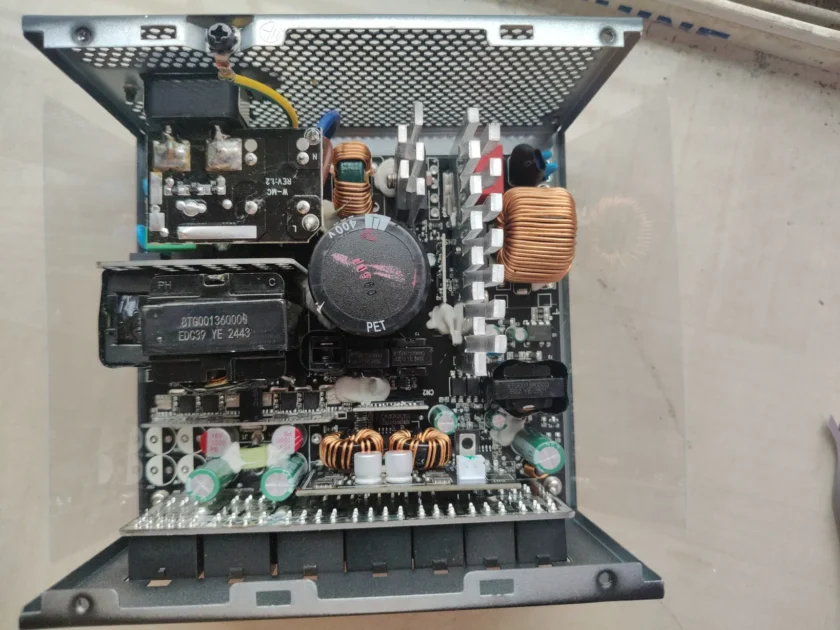
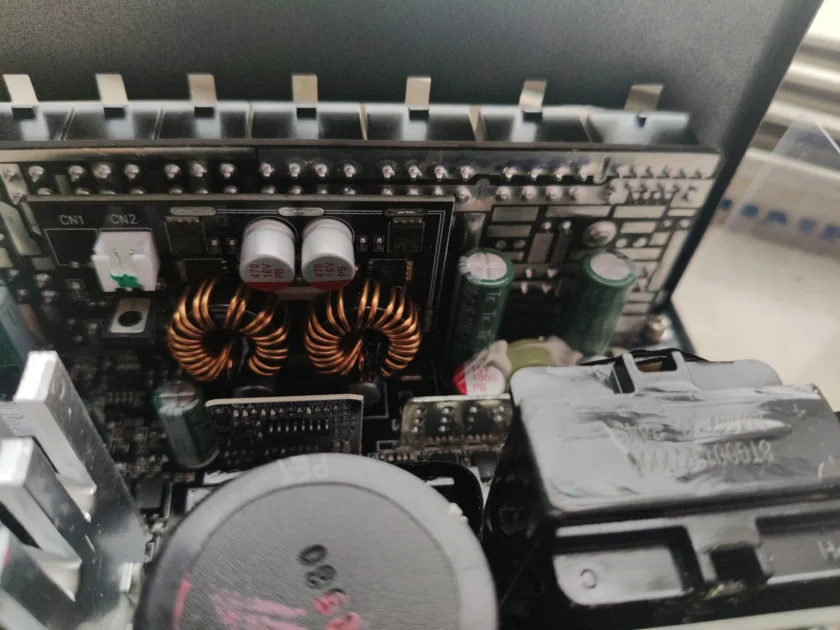
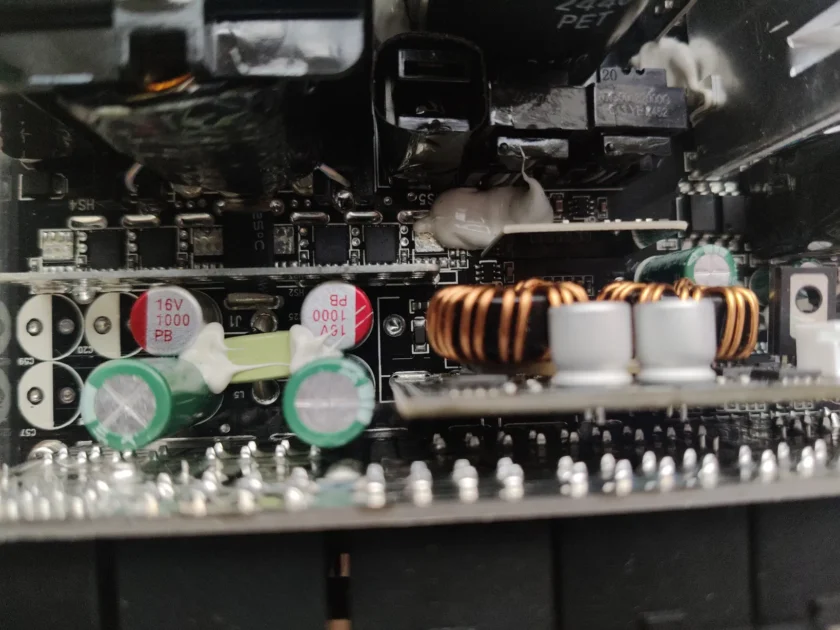
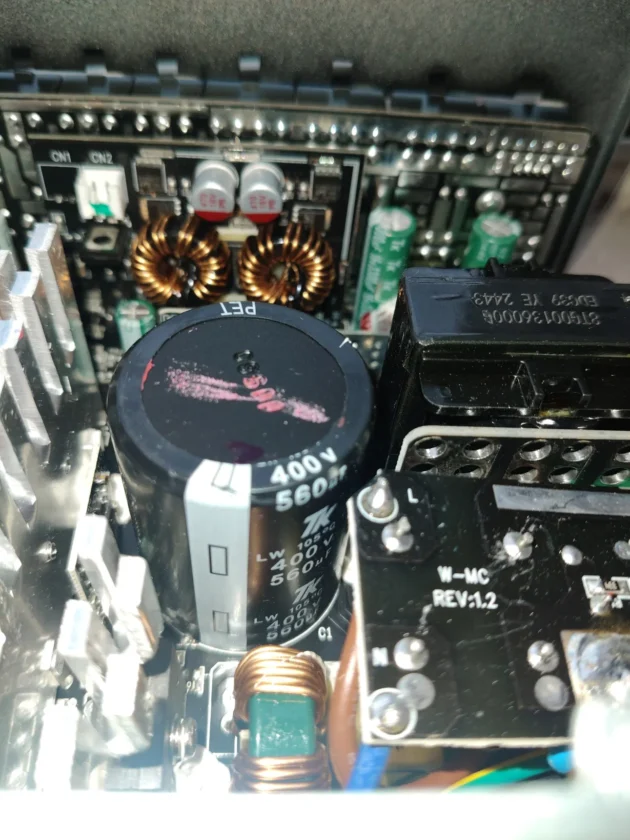
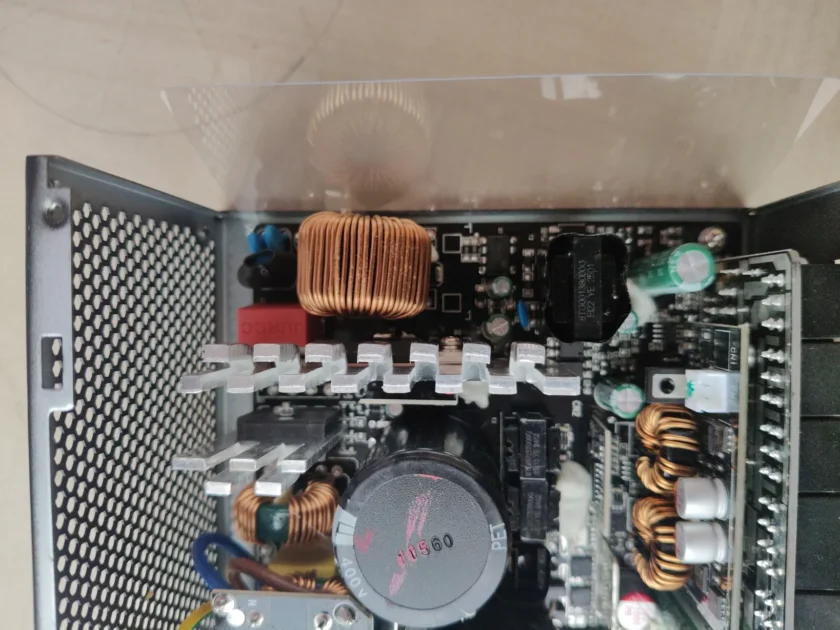

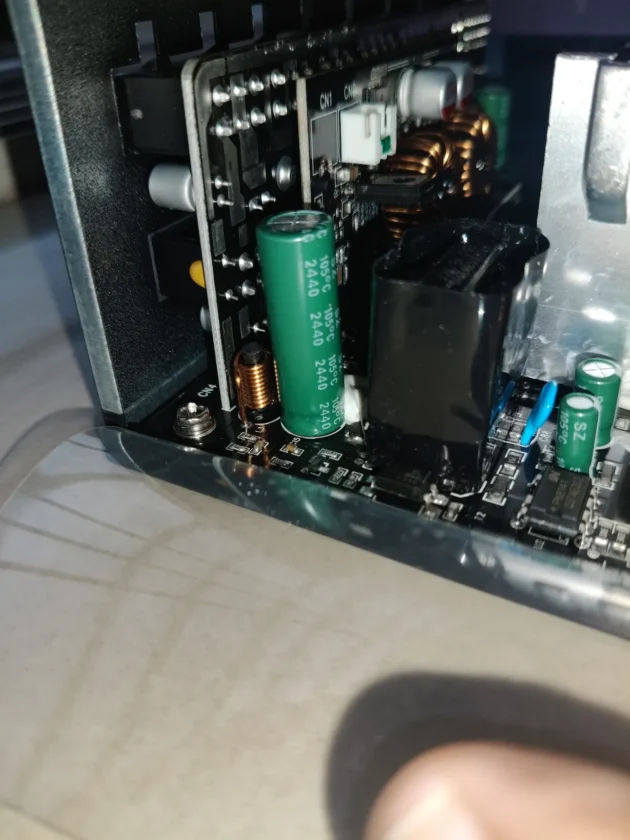
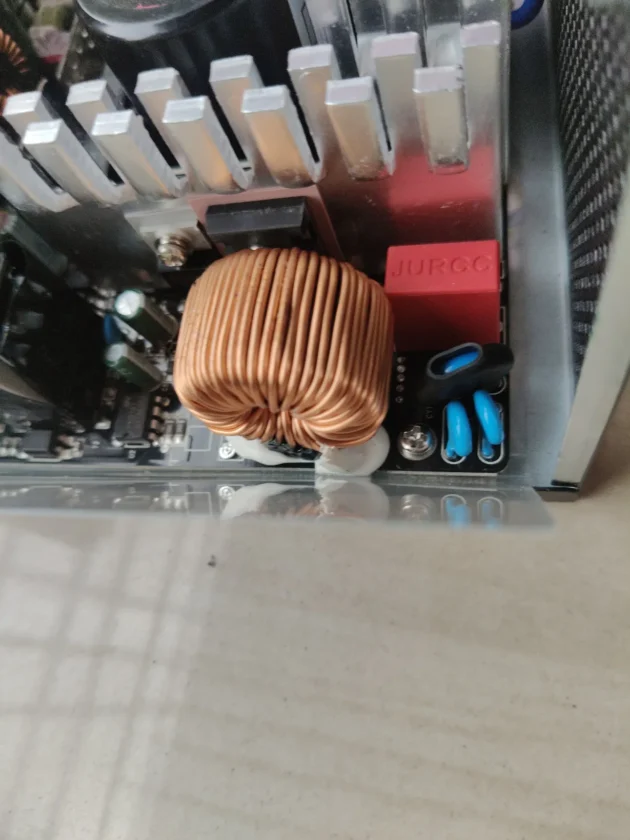
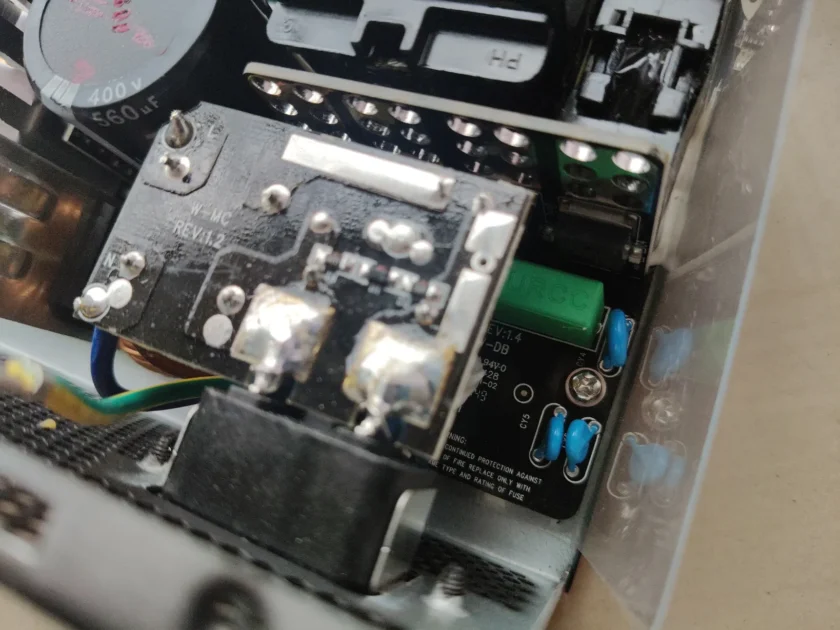
From a technical standpoint, the XPower XP-750 PSU is not just functional—it’s refined. Prolab has delivered a power supply that combines performance with disciplined layout and solid electrical design.
Installation & Compatibility
Installing the XP-750 was straightforward in an ATX chassis. Cable headers lock in firmly, and the modular layout simplifies the routing process. PCIe 5.0 readiness is a plus, making the unit compatible with next-gen graphics cards.
The only snag is the cable rigidity in some lines, which can be frustrating if you’re aiming for perfect cable runs.
Where It Could Be Better
While the unit performs admirably, a few upgrades could enhance the overall package:
- More flexible cables, especially the 24-pin and EPS
- A manual switch for hybrid/zero-RPM fan mode
- Monitoring tools or software integration would be nice for enthusiasts
Still, these omissions are understandable for the price and target market.
Final Verdict
The Prolab Design XPower XP-750 PSU delivers stable, quiet, and efficient power in a package that prioritizes function over flash. It’s clearly engineered with care, offering well-executed design choices from component layout to acoustic control.
If you’re after a reliable PSU for a gaming or content creation rig and don’t need RGB or digital monitoring, this one should be on your shortlist.
Score: 8.5/10
Technically sound, whisper-quiet, and well-engineered. A sleeper hit in the 750W category.




